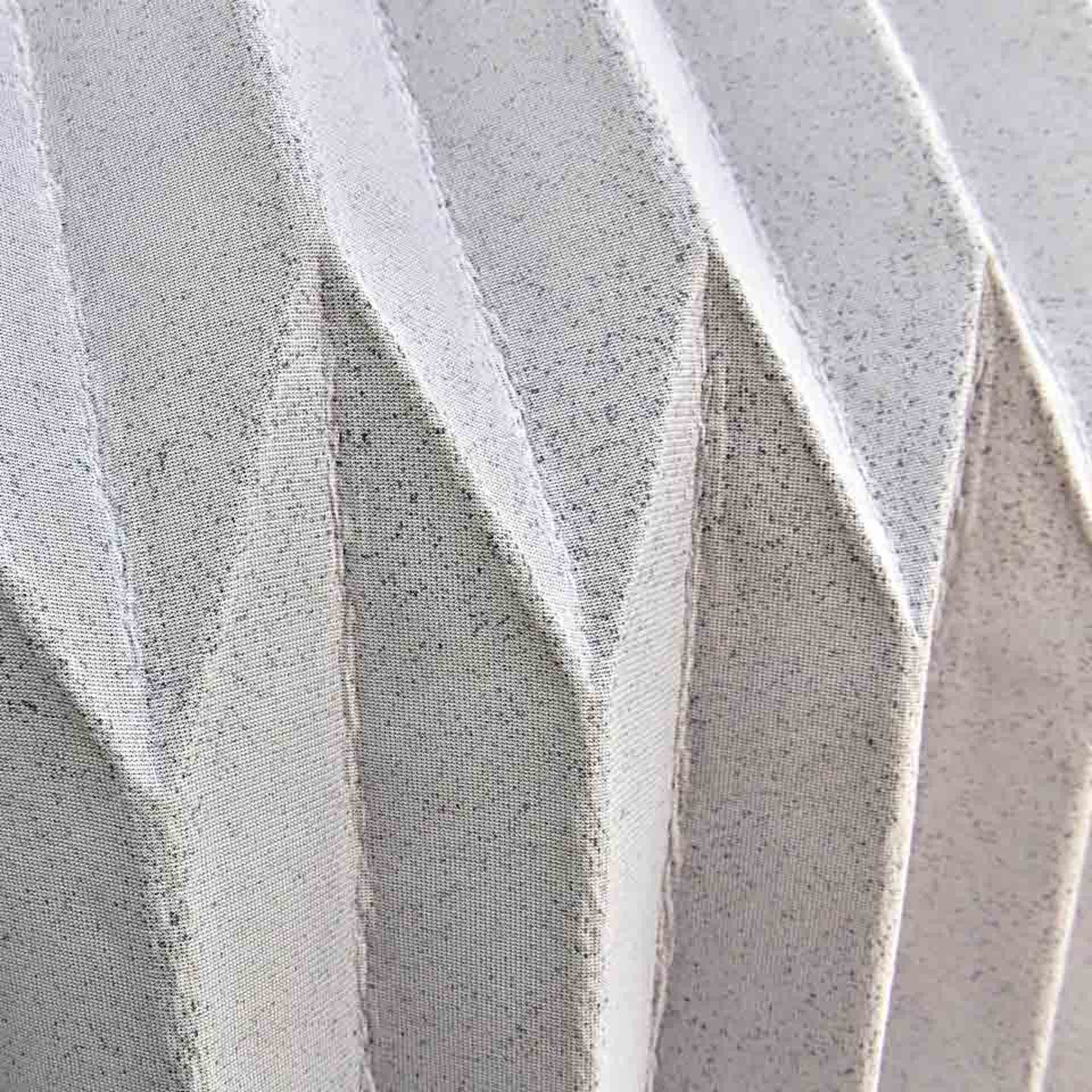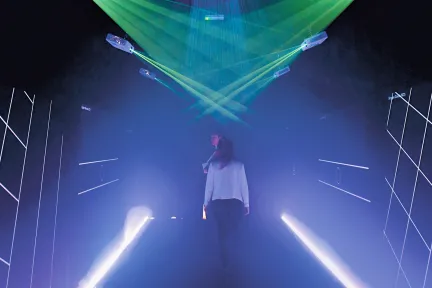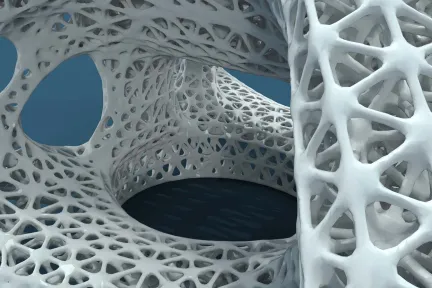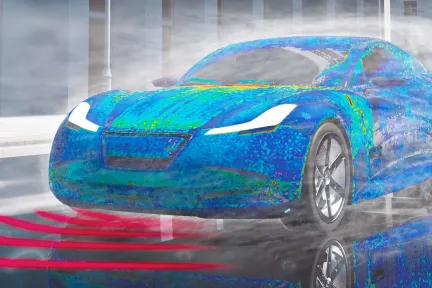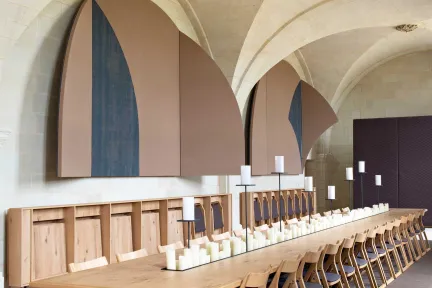When art purifies the air
Kengo Kuma's impressive textile sculpture can absorb the polluting emissions of 90,000 cars per year thanks to innovative materials.
Kengo Kuma, whose architectural works grace more than 20 countries and which regularly receive prestigious awards, presented Breath/ng at the Milan Design Week 2018. The impressive textile sculpture can absorb the polluting emissions of 90,000 cars per year. The architect thus continues to reinvent post-industrial spaces using innovative materials to better correspond to their cultural and natural environments.
Unveiled during Milan Design Week 2018, Breath/ng is impressive. This origami-style suspended structure consists of 120 handfolded panels, constructed with an airpurifying textile that captures pollutants, cleans fine particles and generates cleaner air. The project thus proposes a creative architectural response to the growing societal and environmental concerns surrounding pollution, by employing design to achieve a positive impact.
Japanese folding
At the heart of this project is the use of a textile material, developed by the Italian start-up Anemotech, which is structured in three layers. It contains a nucleus activated by a molecule that separates and absorbs large quantities of toxic pollutants, including nitrogen oxides and sulphur oxides, present in the surrounding environment. One of the major challenges of the project by Kengo Kuma & Associates was to create an internal structure that would allow the chosen fabric to adopt a precise shape, like a skin.
The solution chosen by Kengo Kuma, one which pays true tribute to the craft, is origami. By reproducing the principles of this Japanese folding art, the architects succeeded in effectively structuring the material. In addition, this choice significantly increases the surface area of the textile used, thus significantly absorbing pollution. This choice of folding is therefore interesting for two reasons, in that allows both the creation of a real aerial sculpture and greater efficiency of the installation.
The search for new materials has always been central to my creative approach. My conviction today is that our generation is looking for something softer, which implies the choice of natural materials. But this is not enough. We also need the contribution of digital technology to go further. CATIA allows us to add a sustainable dimension to this softness and Breath/ng is, in my opinion, a good example of the direction in which architecture should go. It is by no means a decorative installation, but a structure that is extremely useful to society.
of textile
joints printed in 3D to form the structure
high
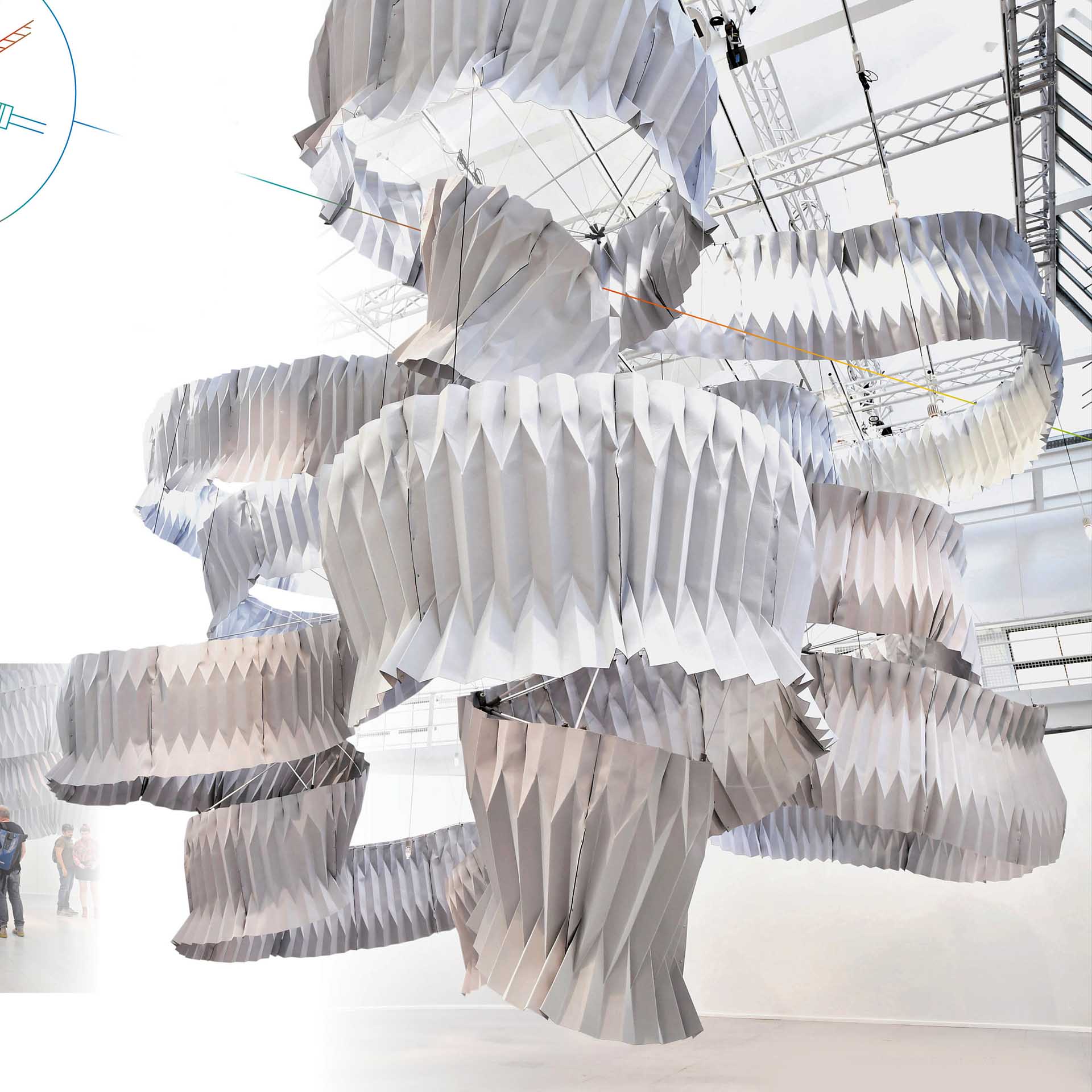
Unique shape
The final, stunning dimensions of Breath/ng probably would not have been possible without the use of the 3DEXPERIENCE platform. Kengo Kuma & Associates used the CATIA solution to prepare and calculate the height and position of the folds. By the architect’s own admission, the complexity of the final shape was such that only powerful CAD software could perform this type of calculation, simulate the resistance of the whole and, thus, transform the idea into a concrete realization of this extraordinary project.
The 3D experience complements the work of the structural engineers who were called upon to create this unique sculpture. They chose to combine this folding mechanism with carbon fiber to reinforce the solidity of the whole. The result is as much a work of art as a technical installation.
Kengo Kuma
Kengo Kuma & Associates is a Japanese architecture firm founded by Kengo Kuma in 1990. With offices in Tokyo, China and Paris, it is developing a new approach to architecture in a post-industrial society. The architectural structures designed by the firm can be found in more than 20 countries and have won a number of prestigious awards. The firm designs structures that blend into their cultural and natural environment, and it is constantly researching new materials.
